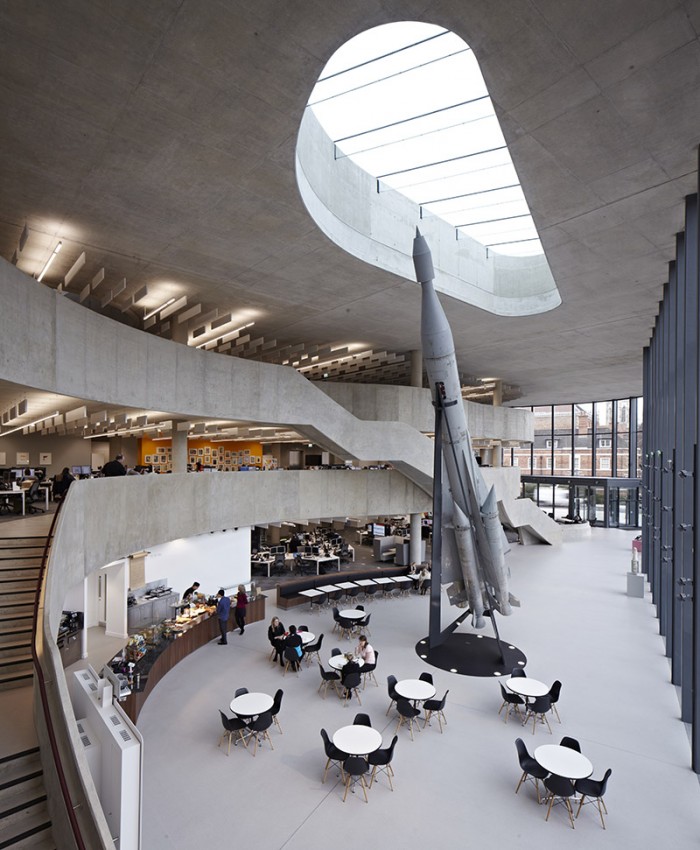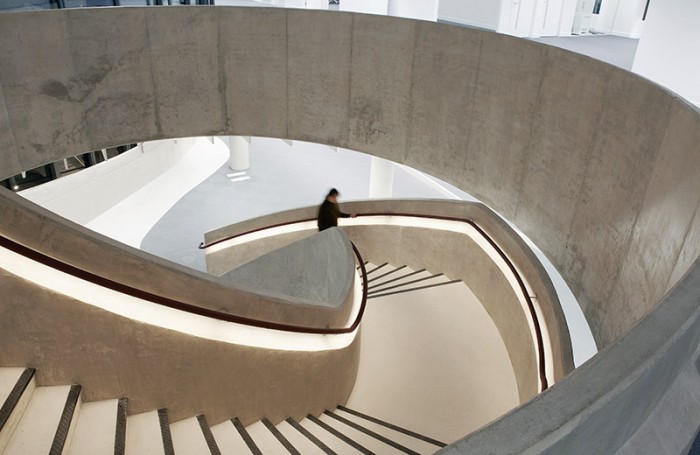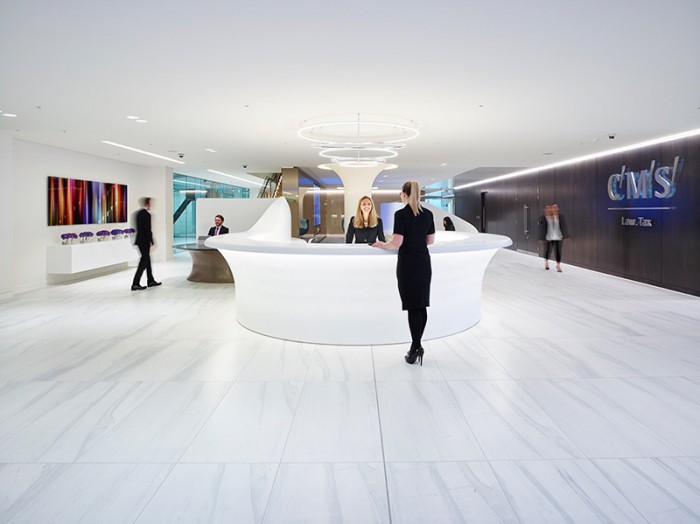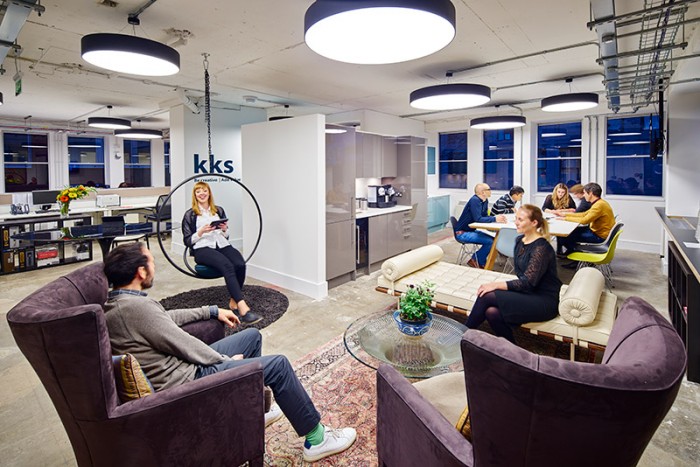Q&A with Katrina Kostic Samen at KKS
 Katrina Kostic Samen founded KKS, their goal is to create space that makes life and work more enjoyable, how to use space and what people want from it. Three decades in commercial development and workplace design make Katrina uniquely qualified to offer strategic and design advice to business, rooted in an ‘inside-out’ architectural philosophy that puts the individual first. We interview Katrina to find out her say on workspace design, how it has developed, and the topic of acoustics and open plans.
Katrina Kostic Samen founded KKS, their goal is to create space that makes life and work more enjoyable, how to use space and what people want from it. Three decades in commercial development and workplace design make Katrina uniquely qualified to offer strategic and design advice to business, rooted in an ‘inside-out’ architectural philosophy that puts the individual first. We interview Katrina to find out her say on workspace design, how it has developed, and the topic of acoustics and open plans.
First off, could you tell us how you got into design?
As a child I was always fascinated by holes in the ground, construction sites were full of the potential of “what was coming next”. But it was not until I visited the Pompidou Centre in Paris, designed by Richard Rogers that my love of architecture & design was crystalised.
As a child I was always fascinated by holes in the ground, construction sites were full of the potential of “what was coming next”.
What first inspired you to get involved with workspace design?
From my early days at university, and as an elective of my architecture degree, I enrolled in an Environmental Psychology course. It quickly became apparent to me that buildings could not be successful without a “heart and soul” – people. Too many developments were devoid of activity, character, personality and a sense of “how space could be occupied”
What is your view on how the workspace has changed in the last 10 years?
The workplace has changed dramatically in the last 10 years – the creation of KKS Strategy in early 2004 – now 13 years ago, was in response to tenants wanting and needing a voice. We are the “glue” that binds the team, the “voice” of the occupier. Gone are set “max pac, roll them out ideas” – now we have light bright volumes of spaces – flexible and distinct, yet efficient and fun.
What are your thoughts on Open Plan? With acoustics it always seems to bring up problems, but do the pros beat the cons?
Obviously as individuals we are very different in the way we work, what are the best ways to make sure a workspace is an effective and productive space for all?
Open plan is a reality now for many types of businesses – it doesn’t suit everyone but I firmly believe that for the majority, for the benefit of engagement, community and career opportunities, open plan can be made to work. Acoustics can easily be solved today with advancements in wall, floor, ceiling treatments and technology plays a key role to aid mobility. But it is again about understanding the user – people’s behaviour – which is key to effective design. By studying the variety of tasks needed to be performed every day; the distinctions between extraverts and introverts; and the offer of choice, we can create a productive workplace.

But it is again about understanding the user – people’s behaviour – which is key to effective design.
What are the building blocks that create a productive workspace?
The building blocks of effective workplace for all require designers to listen and hear – discover the hopes and fears of the individual and aim to please the majority. We know from our research that unsupervised choice, in a multi-setting environment, provides the highest satisfaction, pride and perceived productivity of all layouts.
We have all seen a great transformation in the office, with a lot more consideration put on wellbeing, but do you see the office taking another direction in the next 5 years?
Health and wellbeing will become more advanced in the next 5 years, taking on board other influencers, such as the Well Building Certification:
‘Beauty and Mindful Design’ – culture, spirit, place, art, human delight.
‘Nature Incorporation’ – Biophilia, environmental elements, lighting, space layout.
‘Pattern Incorporation’ –Nature patterns throughout design.
Anything else you would like to add?
As architects and designers, we are the creators of other people’s experiences. It is no longer applicable to provide only a business and workplace strategy – “vision is essential, agility is the differentiator” for the future.








Comments